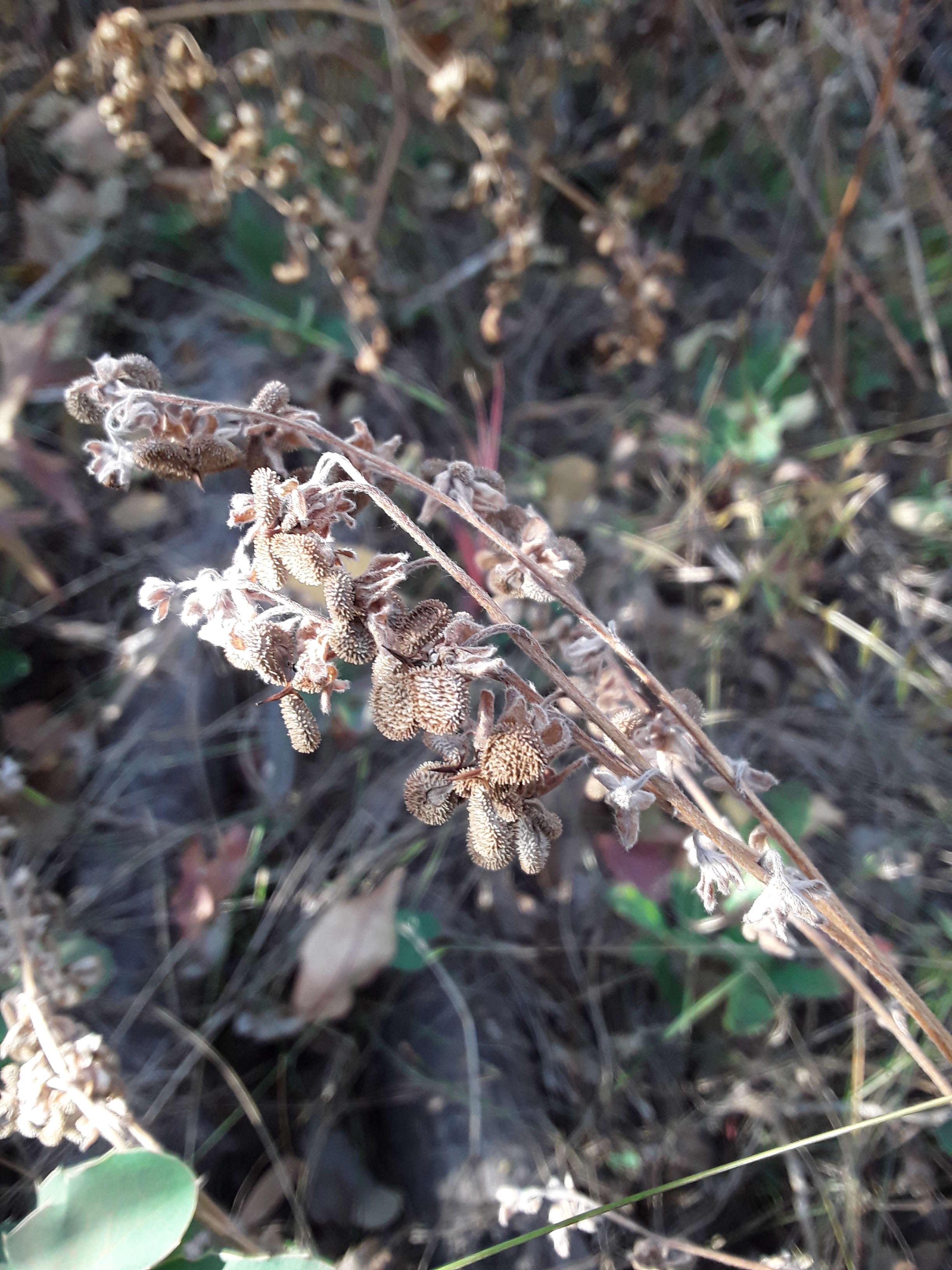Hackelia floribunda
- Family: Boraginaceae
- Common Name: manyflower stickseed
- Symbol: HAFL2
- Description: Duration: Perennial Nativity: Native Lifeform: Forb/Herb General: Herbaceous perennials or biennials, to 1.2 m tall, the stems few or solitary, strict and very straight and upright, not at all spreading, herbage with coarse, spreading hairs at mid-stem, plants arising from a slender, simple caudex. Leaves: Alternate, oblanceolate to narrowly elliptic, 5-24 cm long, 0.5-3.5 cm wide, basal blades generally smaller than cauline and often withering at flowering, middle stem leaves tending to be sessile. Flowers: Blue, with yellow centers (appendages), rotate-salverform, with 5 petal-like lobes, corollas 3-8 mm in diameter, the tubes 1.5-2.5 mm long with closed throats, the appendages wider than long, calyxes 1.5-2.5 mm long with 5 deep lobes, sepals 4-10, fused at base or free, stamens alternate, epipetalous, ovaries superior, entire to 4-lobed, styles 1-2, entire or 2-lobed or -branched, inflorescences with subtending bracts, borne terminally and axillary in groups of 3 or more coiled cymes on narrow pedicels 4-10 mm long, recurved to reflexed and elongated in fruit, the branchlets bearing mature cymes short and numerous, together forming a leafy-bracted, elongate terminal panicle. Fruits: Nutlets 1-4, 2-4 mm long, erect, larger than the style, with a lateral-medial attachment scar, generally with barb-tipped prickles abaxially and on margins. Ecology: Found in meadows, on streambanks, and in other vernally wet areas, occasionally on open slopes or in forests, from 4,500-10,000 ft (1372-3048 m); flowering July-August. Distribution: Widespread across much of the western United States
Additional Images
- There are no additional images for this species.
